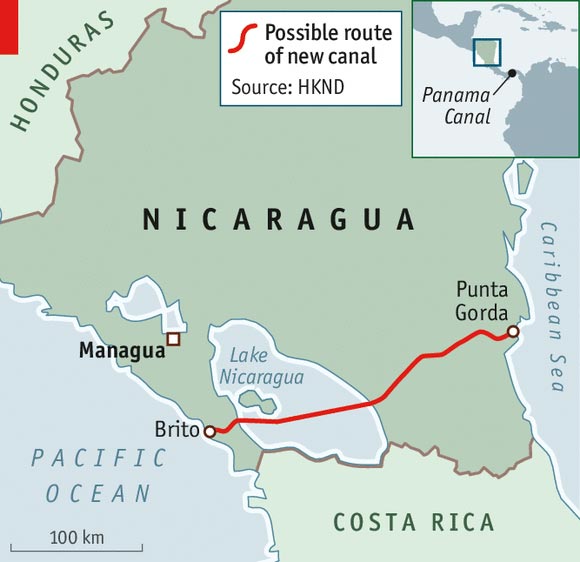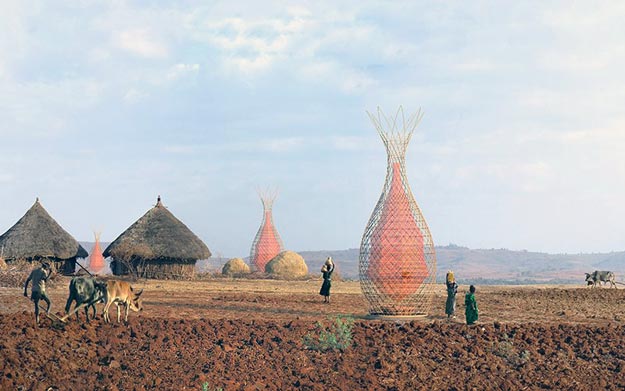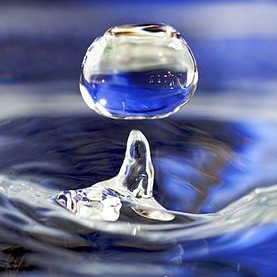ON DECEMBER 22nd an odd couple—Nicaragua’s left-wing government and a Chinese-born telecoms magnate—say they will begin the realisation of a dream that has captivated Nicaraguans for generations: the construction of an inter-oceanic canal to rival Panama’s. According to Manuel Coronel, an octogenarian who runs the canal authority, their intentions are now beyond dispute. “When the bride and groom set a date, you know it’s serious,” he says.
 But ask Mr Coronel just where construction will begin and who will pay for it, and he has no answers. Neither does HKND, the Hong Kong-based company run by Wang Jing, which is to build the $50 billion waterway. The project has been shrouded in secrecy since Nicaragua’s National Assembly awarded a 50-year concession to HKND in 2013. No feasibility study, environmental-impact report, business case or financing plan has yet been released. Instead come platitudes from the Sandinista government of Daniel Ortega about how it will bring a jobs bonanza and end poverty. Read more
But ask Mr Coronel just where construction will begin and who will pay for it, and he has no answers. Neither does HKND, the Hong Kong-based company run by Wang Jing, which is to build the $50 billion waterway. The project has been shrouded in secrecy since Nicaragua’s National Assembly awarded a 50-year concession to HKND in 2013. No feasibility study, environmental-impact report, business case or financing plan has yet been released. Instead come platitudes from the Sandinista government of Daniel Ortega about how it will bring a jobs bonanza and end poverty. Read more





